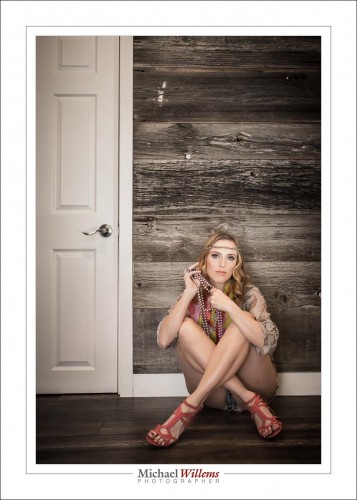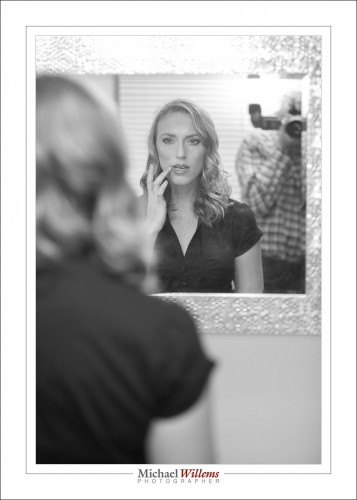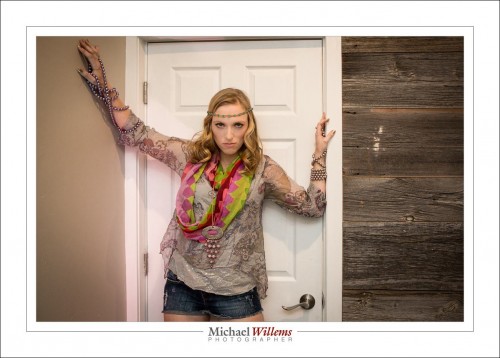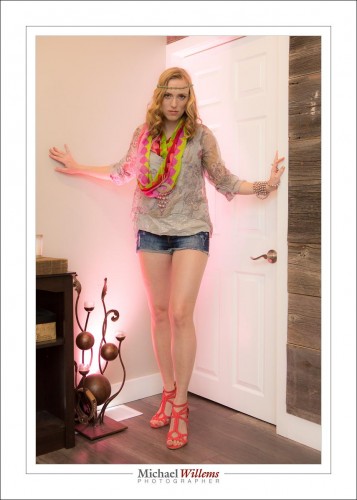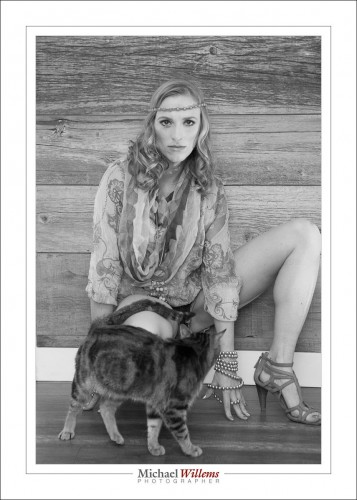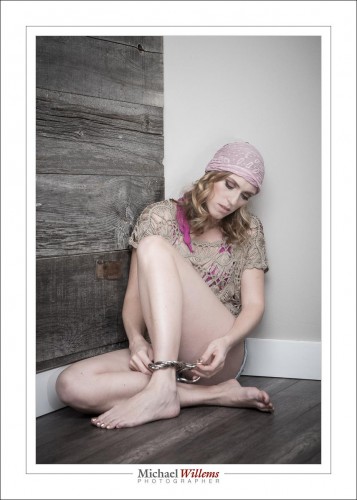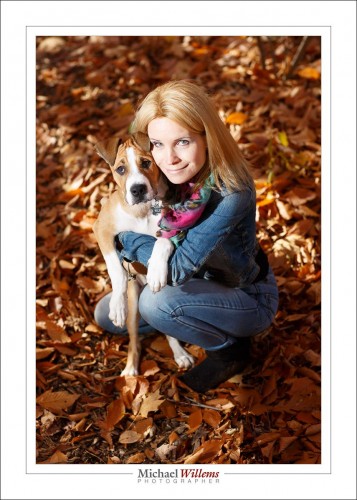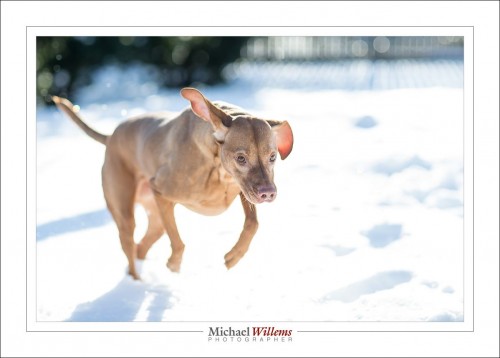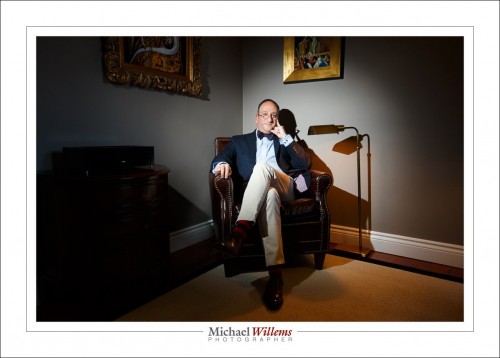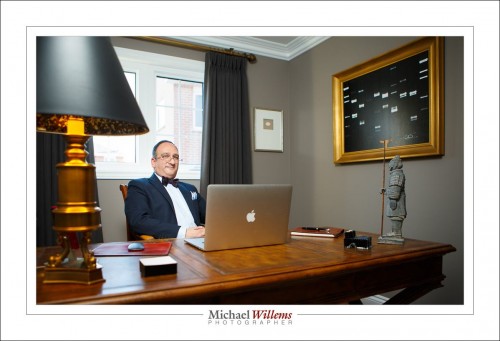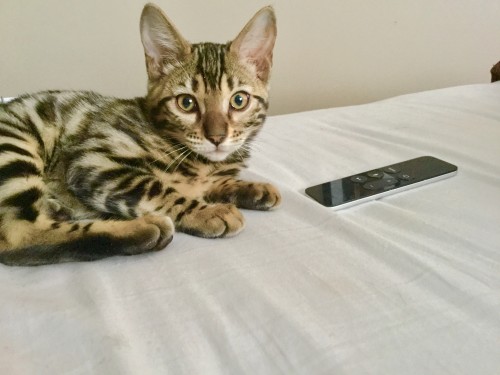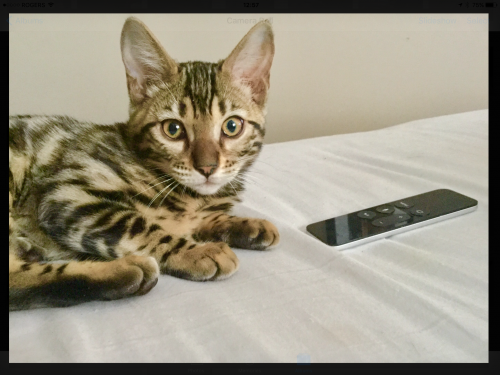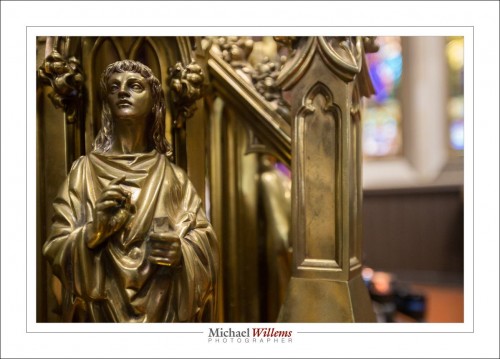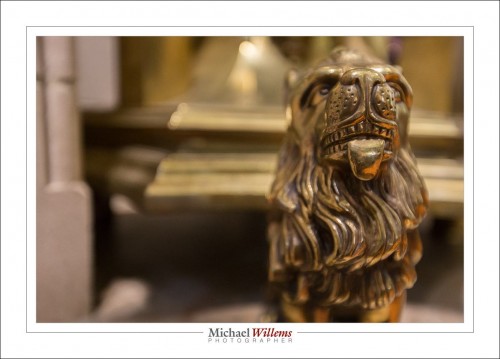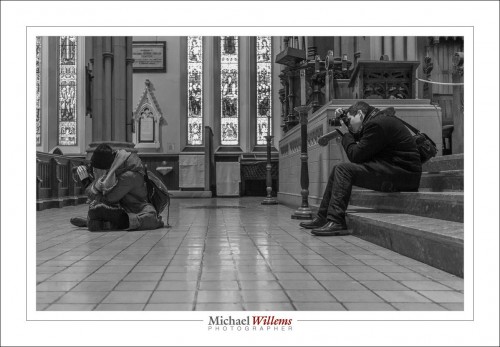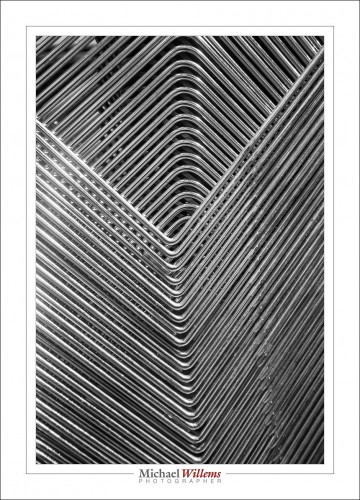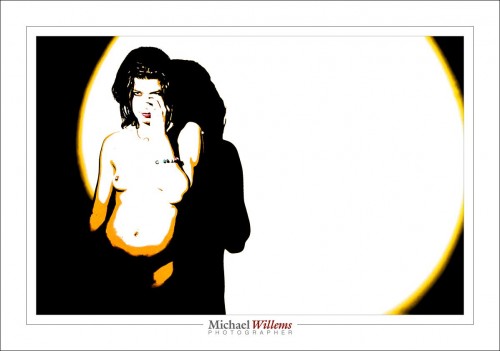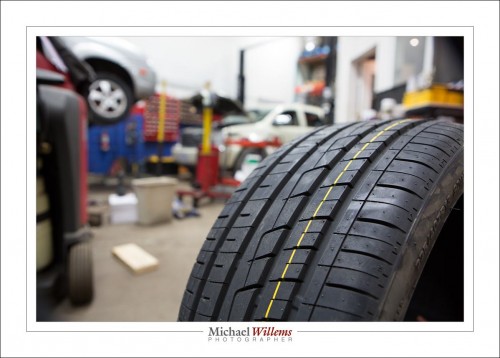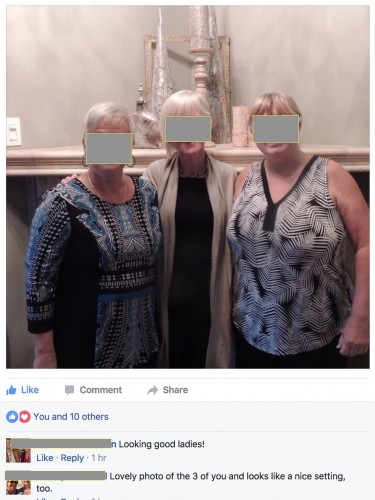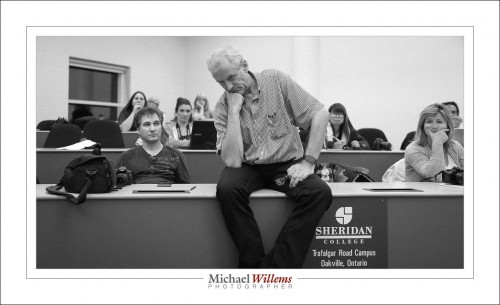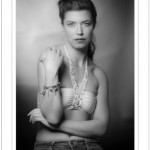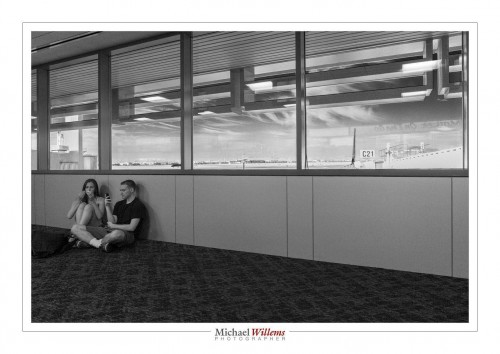…theme Hippie Chick: tomorrow, some words about make-up artists, props, and themes. Now back to shooting.
Category Archives: Composition
Happy New Year!
Happy New Year from The Speedlighter!
As for your 2017 resolutions, how about this one: Make this the time you finally perfect those skills you always wanted to hone! Skills that allow you to quickly and easily do pictures like the ones I took over the last couple of weeks. These include a few animal (and animal-plus-owner) pictures:
All those were made with the 85mm f/1.2 lens, and used a single speedlight in an umbrella.
But I also did an executive portrait, just yesterday:
Do you see the difference between the two above? For the first one, I did not want to show the outside (boring, homes). Easy, so the picture,like almost all my pictufes, was stright out of the camera.
For the second one, however, I did want to show the blue sky. So I exposed that one less (using the magic Outdoors Recipe–one of the things you will learn if you turn up). Both used flash, of course; fired by Pocketwizards and with their power set manually. The second one used much more flash power because I was using low ISO and small aperture to kill the outside light. I also had to, therefore, brighten the Apple logo in post-production.
I would almost call that last one an environmental portrait.
The next ones are certainly environmental portraits:
The one above used a 24-70mm lens and a speedlight with a Honl Photo 1/8″ grid. The one below, a 16-35mm wide angle lens and a speedlight with an umbrella:
What do they all have in common? Simplicity, good exposure, and a thorough knowledge of the technical necessities.
You can learn this too. Why not do it? I have several great opportunities coming up!
- Jan 4 and Jan 8: “Wide, Not Deep”: In-depth Special Topics. In Brantford, just 20 minutes west of Hamiltopn.
- Jan 28: Learn Pro Flash In Half A Day. In Toronto.
- Any time: private, or small group, coaching. See http://learning.photography.
All of these are excellent learning opportunities, and will broaden and deepen your knowledge significantly. Hope to see you there and then.
It’s elementary.
The difference between a snapshot and a good picture? Often enough it is simplicity. Simplicity does not necessarily mean taking things out of the picture. But it means taking things out of the picture that do not belong there.
Take this iPad snap, just now, of my new kitty Clio:
Not bad. But what if we took out that unnecessary space, and especially that little black thing on the right.
Then maybe add a frame. And now we get:
Can you see how much better that is than the original? Everything you remove that is not essential to the story makes the picture better. And you can remove it by cropping, blurring, recomposing: any way you like.
On Tuan the Celtics you pretty said “perfection is achieved not when there is nothing left to add, but when there is nothing left to take away”. Or “less is more”.
And “On Tuan the Celtics you pretty” is Antoine de Saint-Exupery, World War Two fighter pilot and author of “Le Petit Prince”, that book about the little prince who lives on a tiny planet. The fact that Siri butchers his name shows how uncultured she is. Back to hand-typing.
St James Cathedral, Toronto
I did a “Composition In The Field” tutorial walk in Toronto today for Digital Photo Academy. We mainly stayed in, or in the direct vicinity, of St James’ Cathedral.
Because it was cold. But also because there’s plenty to see in a given environment, once you open your eyes. And once you see it, you can apply compositional rules that are just about standard (and that I teach at gathering like this) . And then you can break them when you have good reason to. In the end, you end up with some good pictures.
Like this:
A church, by the way, also has interesting insights into a world that is no more.
Try to put yourself in M. Keating’s position: one moment he has a pregnant wife; then suddenly he has only a son; then a week later he has nothing. From happy and “everything is going our way” to two funerals in two weeks, and then Christmas. What a world that was, in 1832.
Back to here and now. Composition rules and camera use: If you want to learn the same, please contact me.
Meanwhile: why are you reading this, instead of going out to take some pictures of whatever is outside or inside?
Photographer, or…?
…or illustrator?
I am a big fan of being a photographer–meaning you do the work in the camera. But sometimes even I do some post-production work. Like here in this edited flash picture:
That makes an OK picture a good picture, mainly because it dramatically simplifies it. See an earlier post for the “recipe” for this Andy Warhol-like effect – but I suggest you make your own. Much more fun. Simple (I used Lightroom) and quick.
Intermezzo, and, join me Sunday?
A bit slow this week as I have been in bed with flu-like symptoms. Meanwhile, here’s some depth – remember, to make your images “real looking”, use a close by subject against a farther background (“close-far”):
Now – flash. A long workshop, all hands-on, this Sunday. The last two sold out. But PLENTY of space for this one. Think about it: you’d find this VERY useful. Hands on, so you do your own pictures, build the sets, connect the Pocketwizards, etc – and it’s a LONG one.
Lovely Photo
I am prompted to write, today, about the Internet and how you must not always believe it.
You may have noticed the following phenomenon: someone posts something horrible on the Internet and their friends all say “lovely photo”, “great work”, and so on.
Praise, on the Internet, means nothing.
I just saw a photo:
I have made names and the subjects (one of whom is a friend, and a lovely lady) unrecognizable, but there is still enough to see that, with respect, this is not in fact a “lovely” photo:
The light comes from straight above them, so their eyes are completely dark. This is something you cannot see. The composition is terrible. The heads should be higher. There is stuff in the picture that distracts, like the lights dimmer on the very left. The stuff behind the ladies interferes with their heads. The photo is ever so slightly tilted anticlockwise. Why cut off that one hand? The list goes on.
My point is not to rain on these ladies’ parade. My point is that when someone says “GREAT WORK” on Facebook, that does NOT make you a museum-ready pro. The photo is nice as a memento of three friends getting together. But it is not great as a photo. Keep that in mind, and before you go full time pro, have your work critiqued independently, and fill the knowledge gaps everyone has.
Oh vanitas vanitatum, omnia vanitas.
An ancient Latin saying. Obviously ancient if it’s Latin.
And a self portrait, obviously not ancient, unless perhaps my age puts me into that category.
Oh vanity of vanities, all is vanity. Manual focus on an object that is sitting where I will be. Then use the timer shutter release. Camera on a tripod. or on a table.
So is this a “vanity” photo?
No, it is more of a storytelling photo. Photos can be more interesting if they imply that there is clearly a story behind the photo, and it is not a straightforward one like “happy clown”.
If you are on my course: much more coming. If not: get the books, come back here, and keep reading. Enjoy!
Dutch Master Classes
The Dutch Masters of the 17th century created visual art the likes of which the world had never seen. In what you might call an explosion of creativity, they changed visual art, its accessibility, and its popularity forever.
It turns out that they had certain commonalities. In particular, they combined the following:
- An amazing amount of technical knowledge.
- Fortuitous timing: technology, education, trade, and societal wealth were all on their side.
- A great degree of creativity.
- A great emphasis on light.
- A love of realism.
- Clear picture storytelling (“narrative directness”).
- A love of portraiture.
- Great informal rapport with their subjects.
- Master Classes, held by experts for their apprentices.
- An inquisitive and exploratory nature. A number of Dutch Masters travelled to Italy to learn Light Theory.
- The Masters carefully painted some nudes—as much as the times allowed.
- They engaged in speculative art: for the first time, they created art without a sale, in the hope it would sell later.
It turns out that these are exactly the things that makes photographers great. Hence the Dutch Master Class theme: you can learn from history. The Dutch Masters would be delighted that their art, their learning, their creative insights are being used and taught today, almost 500 years later. In my Dutch Master classes, that is what I do: by continuing the tradition of many centuries, I set your creativity free.
I am therefore happy that this message is catching on. This blog is widely read; my workshops are popular (The October 16 Hands-On Flash workshop has just one spot left), and my non-DRM e-books are read worldwide.
These are great days for photographers, whatever doom and gloom messages you may hear. Sure, there will be change, but photography is not about to become less popular. Today, there is an easier-than-ever path from a vision in your head to a beautiful print on museum paper (or an image on your screen). Allow me to help you achieve that dream, the dream of being able to visualise your artistic vision and create lasting art.
And this blog will help, as will the other ways in which I teach. Stay tuned and see you on one of the seminars.
Pic of the day: Travellers. ravellers
I always carry a camera. Doesn’t this pic shout “Travellers”? No comfortable seating; he is on his smartphone; she is looking at her fingernails; aircraft operations go on slowly in the background. A big but not too busy airport (Las Vegas? No. So where? I cannot remember). Where are they going? Where is their carry-on luggage? Questions.

